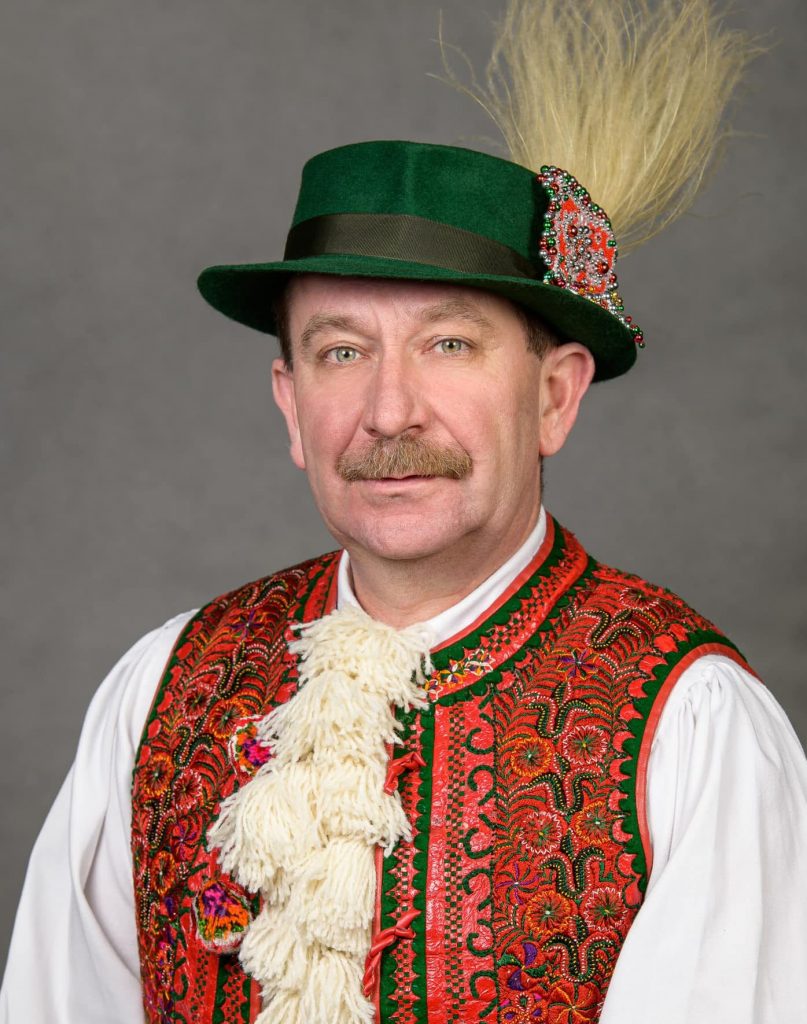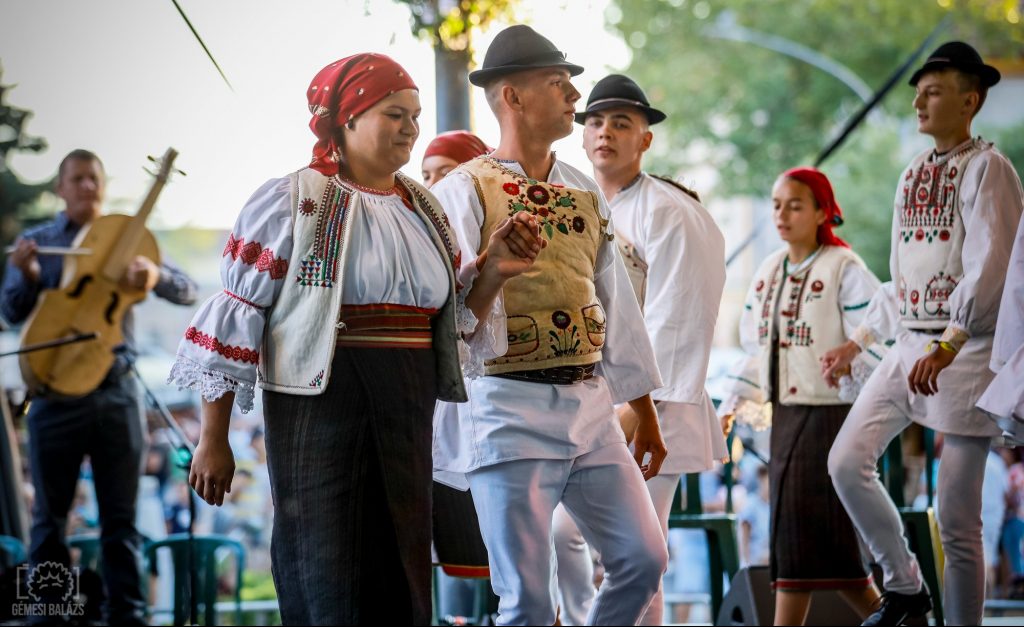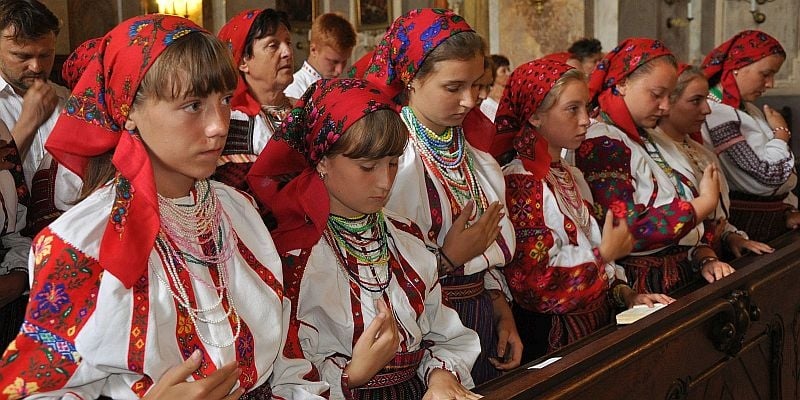Nearly sixty programs, six hundred performers, including Csángó Hungarians from Moldova and Gyimes, Hungarian traditionalists from Transylvania (Romania), Slovakia, and Vojvodina (Serbia), as well as dance groups and musicians of the ethnic groups in Hungary, will be presented in the program of the 31st Csángó Festival, held in Jászberény from August 8 to 13.
Gábor Szűcs, the festival’s director, told MTI that the event will present the folk art of Hungarians abroad in order to strengthen the identity of minorities. He said the festival will be accompanied by the Dance Camp of the Little Ones and the International Dance House and Musicians Camp.

Gábor Szűcs. Photo: József Gorácz
The Csángó Festival has been organized by the Folk Culture Foundation and the Jászság Folk Ensemble since 1991.
Fact
The Csángós are a Catholic ethnic group of Hungarian origin, the only one outside the Carpathian Basin. A few tens of thousands still speak an ancient Hungarian dialect, despite strong pressure to assimilate in Romania. Since they were hardly allowed to have any contact with the rest of the Hungarians for centuries, the Csángós have preserved a custom that is not or no longer found in the Carpathian Basin. The Gyimes Csángós have, besides the Moldavian, also a Szekler origin. They lived similarly isolated in three communities of the Romanian Trotuș Valley, in the border area between Transylvania and Moldavia.
The Moldavian Csángós, living on the easternmost edge of the Hungarian-speaking area, struggle to survive in a stifling climate, in the absence of Hungarian schools and Hungarian priests. Because of the compulsion to assimilate, tens of thousands of Hungarians grow up feeling ashamed of their minority status and therefore feel compelled to deny their mother tongue, culture, and identity.
Highlights of the festival include a performance by the Hungarian State Folk Ensemble entitled “At the Marketplace of Kolozsvár” and a performance by the Danube Folk Ensemble in memory of Imre Makovecz, the outstanding representative of domestic organic architecture. The dance-theater performance “Seven Towers” is an attempt to express the complexity of Imre Makovecz’s oeuvre in the language of dance, organizers said.

Photo: Balázs Gémesi
During the event, concerts, a dance house, children’s activities, and a folk art market will take place from August 10 to 13, with nearly 90 artisans and fair vendors offering their products. In addition to the products of local folk artisans, folk art traditions and handicraft products from Transylvanian villages and Csángó culture will be presented.
The complete program can be found here.
Related article
Csángó Priest: the Hungarian Identity of the Csangos is Deeply Rooted
Last Sunday, the Csango community in Moldova held its Catholic liturgy in Hungarian for the very first time. József Tampu-Ababei, a priest of the Roman Catholic Archdiocese of Esztergom-Budapest, is originally from Csángóföld. Magyar Kurír asked him his thoughts about the event. Father Tampu-Ababei believes no one has had the courage to improve the community […]Continue reading
Via Ungarn Heute. Featured Images: Facebook/Csángó Fesztivál


